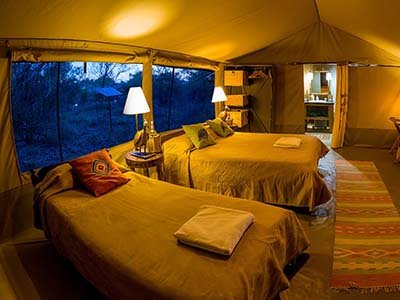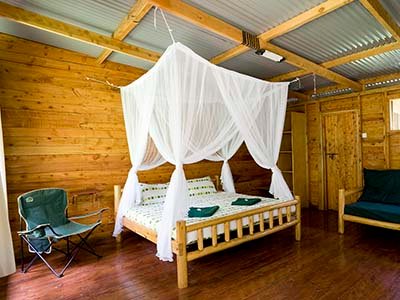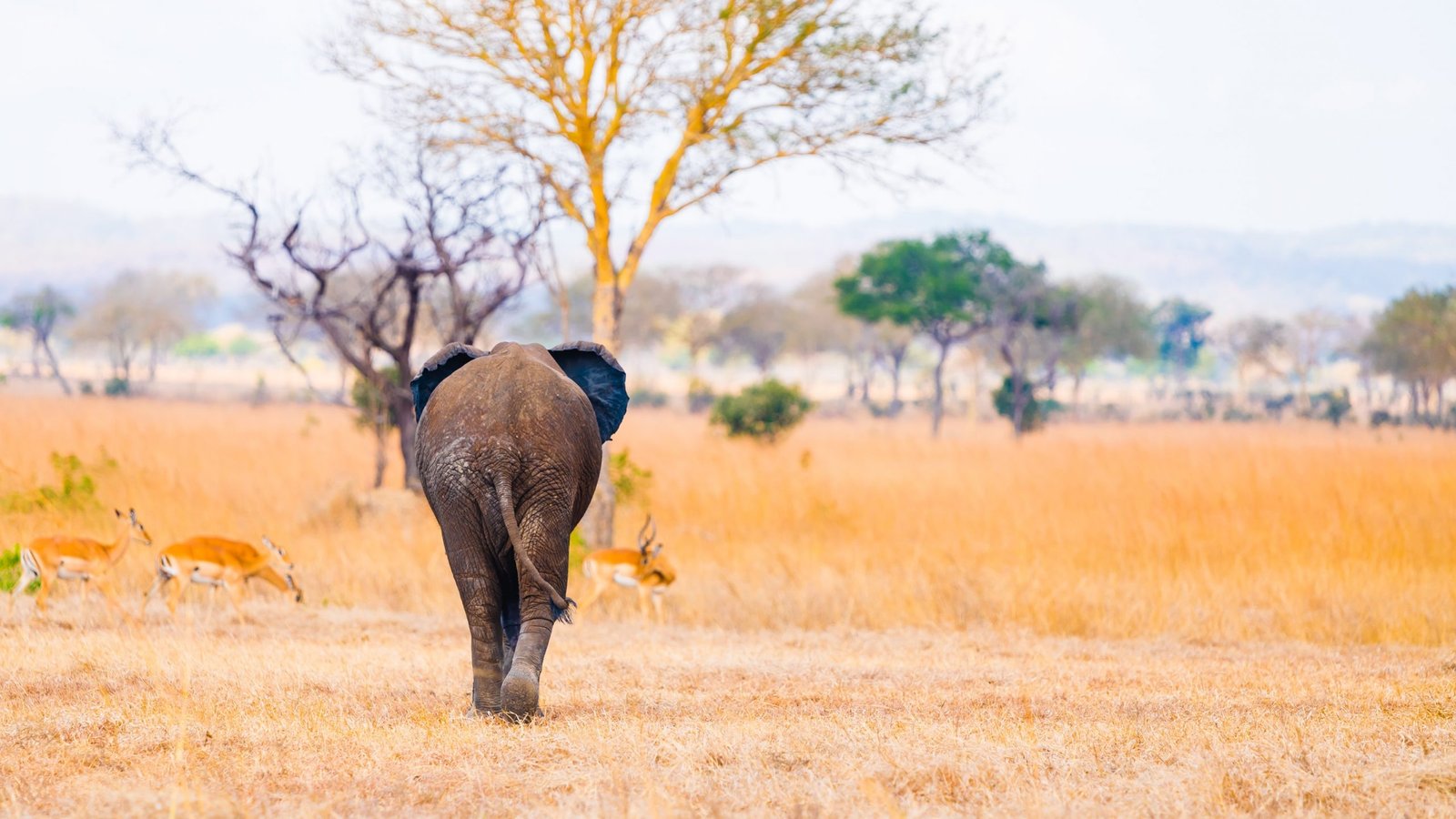Mikumi National Park
Mikumi National Park first opened its doors in 1964. A natural wildlife corridor connects it to the Selous, creating an interconnected ecosystem by allowing species to migrate freely between the two protected regions. Altitude ranges from 430 meters above sea level (in the northern plains) to 700 meters above sea level (the average in the hilly south). It stretches 90 km from north to south and has an area of 3,230 square kilometres. Located between the Rubeho and Uluguru mountains, the Mkata Floodplain is Mikumi’s main draw.
The plains are beautiful at any time of day, but the light between dawn and twilight is particularly hypnotic.
Many towering baobabs and Borassus palms can be seen on the floodplain, with the latter giving the park its indigenous name of “Mikumi.” The northern half of Mikumi is made up of open grasslands, while the southern half is a woody savannah. The two halves are split by the highway between Dar es Salaam and Iringa. Thanks to this, the park is very convenient for guests to reach. However, you shouldn’t worry that the proximity to the road will diminish your safari experience. There won’t be any rumbling automobiles to be heard, only the king of the jungle.
A trip to the plains during the golden hour is hypnotizing.
Wildlife in Mikumi National Park’s
Wildlife populations crashed in the late 1980s due to rampant poaching, but because of TANAPA and other stakeholders’ efforts to increase anti-poaching activities, they have since recovered.
There are no less than 15,000 large animals in the region, making up a staggering percentage of the total wildlife population.
The southern Selous may be reached from Mikumi, and countless animals using the corridor every day mean it serves as a lifeline for the park’s fauna.
Animals including lions, elephants, impalas, and yellow baboons are often seen, along with elands, buffalo, wildebeest, zebras, warthogs, vervet monkeys, spotted hyenas, and more.
Similar to the lions in Lake Manyara National Park, the lions in Mikumi have been seen climbing trees, although the reasons for this behaviour remain a mystery. Foraging on the miombo-covered slopes of the neighbouring highlands is a favourite activity of the stunning sable antelope and kudu. Seeing a giraffe in this region is all the more exciting because of how rare they are. The ponds in the northern part of the park are a great sight since they are full of hippos.
Bird life in Mikumi National Park
Over 400 kinds of birds may be seen or heard here, adding a splash of colour to the landscape. During the Palearctic winter, when the numerous insects and amphibians of Mikumi produce a feeding frenzy, a large number of migrating birds join the natives.
Climate and weather
Daytime highs range between 25 and 28 degrees Celsius (on average) from June through September, while averages hover around 30 degrees Celsius (sometimes reaching 40 degrees Celsius) from November through April.
A comfortable 16–19 degrees Celsius (never lower than 12 degrees Celsius) is typical at night.
The dry season lasts from June to November, whereas the wet season lasts from December to May (with less precipitation in January and February).
The months of June through October are peak tourism months.
How to get to Mikumi National Park
A variety of transportation options, including road, rail, and air, make it simple to get to Mikumi. Driving time from Dar es Salaam on a decent tarmac road is 4 hours, covering the 300 kilometres. There is an airfield at Kikoboga that is accessible through regularly scheduled flights departing from Dar es Salaam. A number of safari operators provide charter flights.
Accommodation
There is one hostel, three lodges, a number of bandas, a number of private campsites, a number of public campsites, and a rest house within the park (bookings for the bandas, hostel, and special campsites are done through the park).
What to do in Mikumi National Park
Activities such as game drives, bird viewing, guided hikes, and photo excursions





